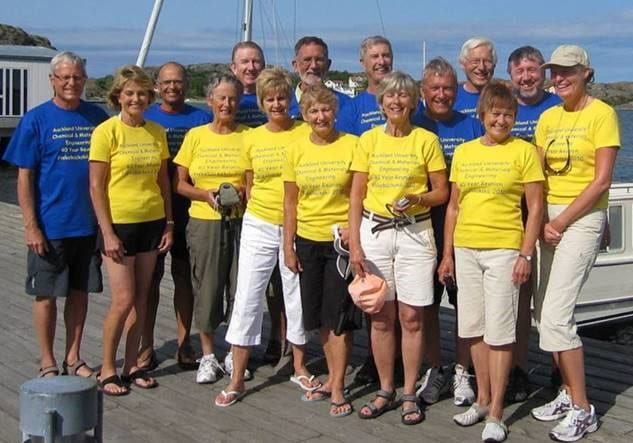Above photo: Merv Jones conducting experiments on gas absorption for his PhD, ca 1971
This page is dedicated to the first batch of C&M graduates who completed their final year studies nominally at the end of 1969
Part A
Brief biographies of the 1969 Final Year class members (capped nominally in May 1970) – coordinated and edited by Dr Merv Jones
Part B
Photo Gallery of the 1969 Final Year class members
Part C
Reflections from past staff members – Emeritus Professor Geoff Duffy and Emeritus Professor George Ferguson
Part D
A brief history of the C&M Department: (1) Genesis or Prehistory
(It is hoped that in future issues of this newsletter, more ‘history’ of the C&M Department will be presented hence the “(1)”)
Part A: Brief biographies of the 1969 Final Year class members (capped nominally in May 1970) – coordinated and edited by Dr Merv Jones
Chemical & Materials Engineering Graduates 1970
Bob Andrew (Houston, USA)
After doctoral research on steel making cycle optimisation, Bob migrated to the USA. He spent 10 years in Houston in consultancy, focused on plant design and commissioning, then two years in Colorado Springs on industrial energy conservation. From 1983 Bob taught plant design and process optimisation at the Chemical & Materials Department in Auckland, then did commissioning and debottlenecking projects at NZ Synthetic Fuels in Taranaki. In 1990 he joined Mobil R&D in Princeton on process monitoring and data analysis, environmental R&D, then three years in Washington DC on Mobil global EHS services. In 1998 he joined DynCorp, working with federal government clients on environmental and web data services. He returned to Houston in 2005 for refinery and gas processing projects, then three years in Dubai on EHS design for mega gas plants, coming back to Houston in 2012 to provide EHS expertise in plant operations for Wheatstone LNG. From 2015, he has been technical editor then data analyst for the Hydrocarbon Processing journal.
Ivan Anich (Brisbane, Australia)
After graduation, Ivan worked for a couple of years as a Chemical Engineer for Consolidated Silver (near Thames) working in a pilot plant to convert flotation product into a high silver concentrate. In 1973, he joined Alcoa of Australia mainly based in Western Australia. Much of his time with Alcoa was in refinery-based roles in production, technical support for operations and refinery process improvement in WA and at Pt Comfort (Texas). Before leaving Alcoa in 2001, his last few years were as Alcoa World Alumina Technology Director, based in Perth. This role covered nine alumina refineries worldwide and managed Alcoa World Alumina R&D group and marketing support for the Alumina Sales team. Between 2001 and 2005, Ivan held the position GM Process Improvement-Mining & Refining for Rio Tinto Aluminium, based in Brisbane. This role included Chairman of the Technical Review Committee for Queensland Alumina and Eurallumina (Sardinia, Italy) and a member of the Eurallumina board. Other parts of the role were managing Mining and Refining R&D, providing technical support for the Comalco alumina refinery and for the Bauxite & Alumina sales team. Ivan’s last corporate position from 2005 to 2011 was with Hatch Associates (a consulting company) as Global Director Alumina, based in Brisbane. The role included managing the Alcoa Hatch Engineering Alliance – two smelters and three refineries plus other Australian alliances, such as Queensland Alumina.
Jim Jobbins (Orewa, New Zealand)
Jim was employed by the firm Michaelis Tuck in Auckland while completing his BCom after his BE Work at Michaelis Tuck consisted of assisting customer technical enquiries for the industrial agencies they held. He then joined Modulock Housing Company as Accountant and after a few months took up a franchise to build that company’s houses in the Waikato, which he did in partnership with another engineering graduate from Ardmore years, Robert Garlick. After several years in construction in the Waikato and in North Auckland, he left the building industry to set up his own Real Estate company in Whangaparaoa. With his wife Jenny this ran successfully for over 20 years until his retirement 10 years ago. In his retirement, Jim has focused on sailing and beekeeping.
Dr Merv Jones (Auckland, New Zealand)
Merv worked for the first 20 years after graduation for the NZ Government in several roles based mainly around air quality science and industrial air pollution control. He also managed the National Environmental Chemistry and Acoustics Laboratory for several years and both the National Audiology Centre and the northern region of the CRI now known as ESR for short periods. In 1993 he joined the engineering and environmental consultancy, Woodward-Clyde (NZ) Ltd in Auckland as a Principal Consultant, still in the air quality, air modelling and air pollution fields. He was appointed NZ manager of that company in 1996. After a takeover of Woodward-Clyde by the international consultancy URS Corporation, he became URS NZ Managing Director in 1997. In 2000, he was transferred to Sydney to take the role of Asia Pacific Manager for URS Corporation. During his time in that role, he was twice recognised as being one of the 100 Most Influential Engineers in Australia. He was awarded the Fluor Award, for “leading sustained corporate success” in September 2006, and was invited to present the annual Kennedy-Wunsch Lecture in 2013. After retiring from full-time employment in 2008, he has been a director and chair of several private and public companies in Australia and NZ, including chairing both Orbital Corporation (ASX: OEC) and EnviroSuite Ltd (ASX: EVS). Since returning to NZ in 2016, Merv spends much of his spare time helping local scientists to commercialise their work.
Arthur Jordan (Mount Manganui, New Zealand)
Arthur’s first job was with New Zealand Cement Holdings in Dunedin, involved with plant optimisation and transportation and storage of cement. Concurrently, he also lectured Physics to first year students at Otago University. In 1972, he moved to Tauranga working for a company involved in importing and distribution of liquid caustic soda, manufacture of cleaning chemicals mostly for the dairy industry and doing contract chemical cleaning of boilers and other plant for industry throughout the country. Some of this involved work in Australia and Hong Kong. During a short period in 1978, Arthur attempted (unsuccessfully) to become an independent Consultant Chemical Engineer, however he was recalled at short notice to Hong Kong to deal with a collapsed joint venture project there that resulted in almost two years work to recover the project successfully. On return to New Zealand, he started a small company with several others and from very meagre beginnings a business manufacturing, selling and delivering a wide range of chemicals including animal remedies, paints and markers, and timber treatment products emerged. After only 5 years, this required the building of a purpose-built factory in Mt Maunganui. A subsequent larger factory was built in Mt Maunganui in 2007, winning environmental accolades for so-called Green technology of the time. With exports all over the world and a staff climbing to over 60 employees, a distribution warehouse was bought in upstate New York. This Company was eventually sold to a multinational company in 2010. The land and buildings were retained by the two remaining shareholders and sold only at the end of 2019 with the multinational still as the tenant and the business still thriving.
Rod McDonald (Hamilton, New Zealand)
Rod worked at the Dairy Research Institute in Palmerston North for two years, memorably making cheese powder. Then he migrated to Christchurch, got involved in Ecology Action, and accidentally got technical work with the DSIR on a newly popular international idea for increasing the world food supply by extracting protein from the leaves of common perennial pasture plants, such as grass. Shortly afterwards, MAFTech adopted the same idea and recruited him to its engineering centre at Ruakura, Hamilton. That protein extraction concept grew into pilot plants and a commercial factory, and later, when the Liquid Fuels crisis of the 1980’s arose, the process was modified, adding high intensity milling to produce cellulosic biofuels and much more protein. When petroleum politics behind the crisis evaporated the project was shut down. 40 years later, the concept is alive again, helped by its relevance to climate change, agricultural greenhouse gas emissions, transport-fuel replacement and nitrate pollution. Companies in the EU, USA and NZ (Leaft Foods) are developing the concept with the addition of modern bioengineering. Recently the protein properties have reached “egg-white” similarity, ready for use in the plant-based foods market. Other areas of Rod’s work, several commercialised, included the manufacture of facial eczema therapeutics; grader-speed laser techniques for fruit maturity sorting; deer breeding aids; free-range animal stress monitoring; fruit disinfestation (for export acceptance); automated mammalian and insect pest control for conservation; machine-aided fruit-maturity selection in orchards; and ocean aquaculture feed. Now nominally retired, he is still engaged with several of the above projects.
Dr Klaus Moller (Skanderborg, Denmark)
Klaus spent the whole of his working life in the Pulp and Paper Industry – nearly all of it in research management roles in Sweden (9 years), Denmark (2 years), New Zealand (7 years) and Norway (25 years). These included Vice President of Applied Research and Acting Vice President of Basic Research at the Swedish Pulp and Paper Research Institute, and Vice President Business Intelligence and Vice President Strategic Product Development at Norske Skog in Norway, at that time the largest manufacturer of newsprint and magazine paper in the world. Since retirement Klaus has lived in Denmark with his Danish (but NZ-born) wife Kirsten, mainly to be close to their two daughters and four grandchildren. He now spends nearly all his “hobby” time researching philatelic aspects of New Zealand’s first postage stamps, and the postal and social history behind them, which has resulted in about 50 articles in philatelic journals over the last five years. Kirsten and Klaus return to NZ for a few weeks every year, to escape the northern winter, visit friends and family, and relive their “other” native country.
Murray Sargisson (Auckland, New Zealand)
Murray joined Fisher & Paykel in May 1971 after completing his Master of Engineering Degree (he was George Ferguson’s first Post Graduate student). After six months induction at the Mt Wellington plant, he was appointed Plant Chemist at F&P’s newly built Refrigerator Division at East Tamaki and after two years became part of F&P’s newly formed Research Division based at Mt Wellington. Murray left F&P in 1975 to join Fletcher Industries Technical Services Division as Project Engineer and soon after as R&D Manager, managing their Central Laboratory facility. He joined specialty adhesive tape company Danco NZ Ltd (a subsidiary of Trigon Plastics) as Technical Sales Manager in 1978 which later led to General Manager / Director positions in that company. When USA-based Sealed Air Corporation (inventors of BubbleWrap) purchased Trigon in 1994, he became Managing Director of Sealed Air NZ’s Protective Packaging Division, and then in 2005 Managing Director of Sealed Air’s Australia & New Zealand Protective Packaging Division, until his retirement in 2010.
Ted Sutherland (Deceased)
Ted decided very soon after graduating with BE (Chem & Mats) that he was not going to be an engineer, but he wanted to teach. He completed a Diploma of Teaching (DipTG) and then taught at Penrose High School (now One Tree Hill College) from 1974 until 2007. In a history published for the Penrose High School Golden Jubilee in December 2004, Ted is listed as Head of the Mathematics Department. On 1 October 2007, the Central Leader (a local newspaper in Auckland) contained an article entitled “’Star in the classroom’ heads north 33 years on.” In that article, Ted shared his memories of Penrose High School prior to taking a new posting at a school in Otamatea. Ted unfortunately passed away at the end of May 2008 after an eight-month battle with stomach cancer.
Dr Geoff Tegg (Richterswil, Switzerland)
After completing a Post Doc at the Royal Institute of Technology in Stockholm, Geoff joined Dow Chemical in Sweden. After nine years in a variety of manufacturing roles including plant and site manager he moved to Dow’s European HQ in Switzerland as Business Analyst for the Hydrocarbon’s Department and subsequently to the role of Manager for Dow’s European Aromatics business. He then moved to Global HQ in Midland, MI for three years as Global Business Operations Manager for Dow’s Hydrocarbons Businesses which included Feedstocks, Energy, Olefins, Aromatics and Styrene. It was then back to Switzerland as Director of Dow’s Global Styrene Business. This was followed by an assignment as Dow’s Hydrocarbons Business Director for the Middle East Africa region. This responsibility included developing and executing Hydrocarbon Joint Venture projects in the region. The largest of these at the time was the $2bn petrochemical project in Kuwait (Equate 2), which included Cracker, PE, MEG, Aromatics and Styrene plants. During his time working in the Zurich area, he pursued his continued interest in education serving on the Board of Trustees of two international schools over a period of seven years. Post retirement he continues to live in Switzerland, as do his children and grandchildren. He visits family in NZ most years.
Warren Thomas (Whangarei, New Zealand)
Warren worked in a variety of roles in his 40 plus years. These ranged from positions within industry, consulting, lecturing, and he even dabbled in the precious metal recovery business for several years. His roles in later years have usually been a combination of process engineer and project manager for a range of food industries. The products have ranged from tomato sauce, Chicken Tonight, yoghurt, dressings, tea & coffee, jam, beer, wine, Liquid Egg, margarine and Georgie Pies. Highlights would have to be making jam at five tonnes per hour, Georgie Pies at 8,000 per hour and managing the post Edgecumbe Earthquake reinstatement of the distillery in eight weeks. Although Warren might describe himself as a generalist, he did enjoy a specialist role in the application of HAZOP and HACCP techniques. He applied these to food plants, taught courses with Roger Keey (at Canterbury University) and applied them not only to many of the projects that he worked on but also to other industries like dairy, water and waste treatment. Of particular enjoyment to Warren, was the time spent running the final year project design course at the University of Auckland School of Engineering in the early 80’s. He found it was always a pleasure to meet up with students later in their careers across New Zealand. Warren’s credentials and experience won him work in Australia, Malaysia and China along with New Zealand. Along the way he raised a family, purchased a series of yachts up to the last blue water cruising yacht and managed a few Pacific voyages.
Part B: Photo Gallery of the 1969 Final Year class members
Captions supplied by Dr Merv Jones
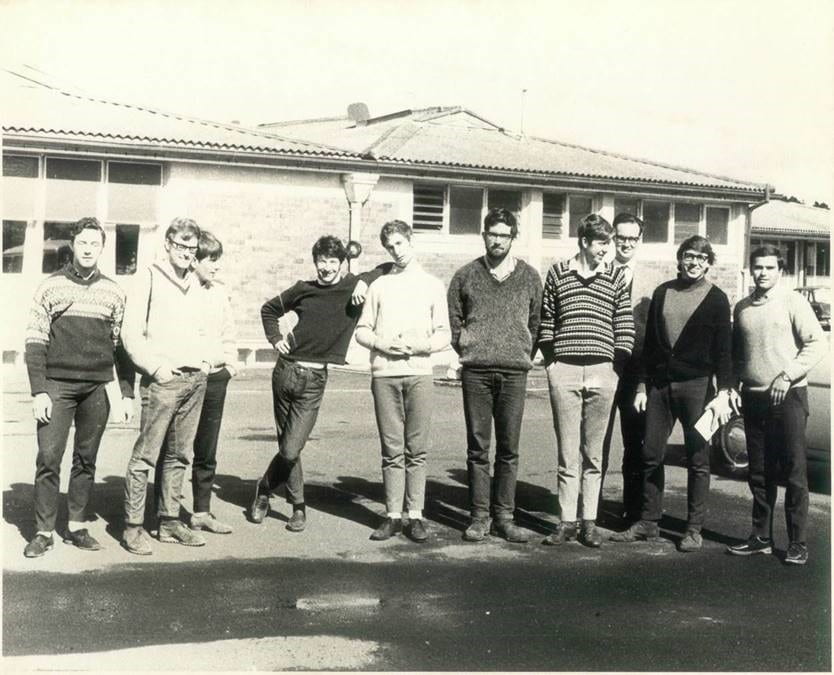
Class of 1969 final year
From the left: Ted Sutherland, Murray Sargisson, Klaus Moller, Rod McDonald, Arthur Jordan, Jim Jobbins, Warren Thomas, Peter Spedding (Staff), Bob Andrew & Ivan Anich
Absent from the photo is Merv Jones who took the photograph
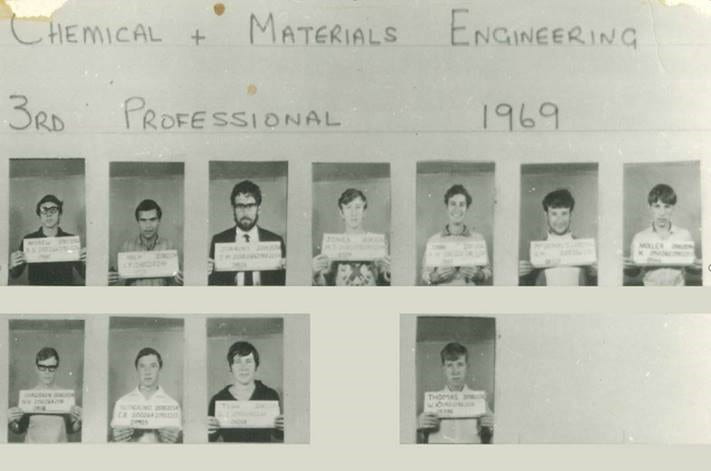
The C&M 3rd Professional Class of 1969
From the left: Bob Andrew, Ivan Anich, Jim Jobbins, Merv Jones, Arthur Jordan, Rod McDonald, Klaus Moller, Murray Sargisson, Ted Sutherland, Geoff Tegg & Warren Thomas

40-year Reunion in Fiskebäckskil, Sweden, 2010
From the left: Jim Jobbins, Arthur Jordan, Bob Andrew, Merv Jones, Geoff Tegg, Murray Sargisson, Klaus Moller & Ivan Anich. (Rod McDonald, Ted Sutherland and Warren Thomas did not attend)
Fiskebäckskil Sweden, 2010 (on the dock)
From the left: Murray Sargisson, Julie Jones, Ivan Anich, Jennifer Jobbins, Merv Jones, Henny Anich, Jim Jobbins, Sandie Jordan, Arthur Jordan, Anki Tegg, Klaus Moller, Geoff Tegg, Vicki Sargisson, Bob Andrew, Kirsten Moller (Bob Andrew’s wife Dianne did not attend)
Group photo taken at the C&M 37th year Celebration 21 November 2003
From the left: Bob Andrew, Murray Sargisson, Merv Jones, Ted Sutherland, Jim Jobbins, Arthur Jordan & Warren Thomas
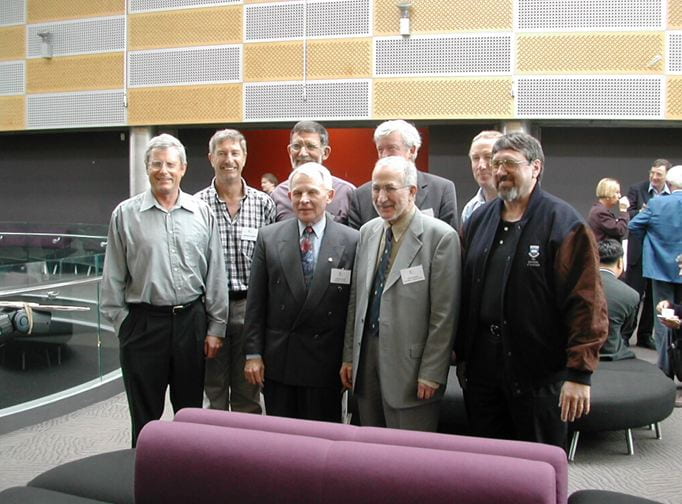
C&M 37th year Celebration, 21 November 2003
From the left: Murray Sargisson, Arthur Jordan, Jim Jobbins, Geoff Duffy(Emeritus Professor), George Ferguson(Emeritus Professor), Warren Thomas, Merv Jones & Bob Andrew
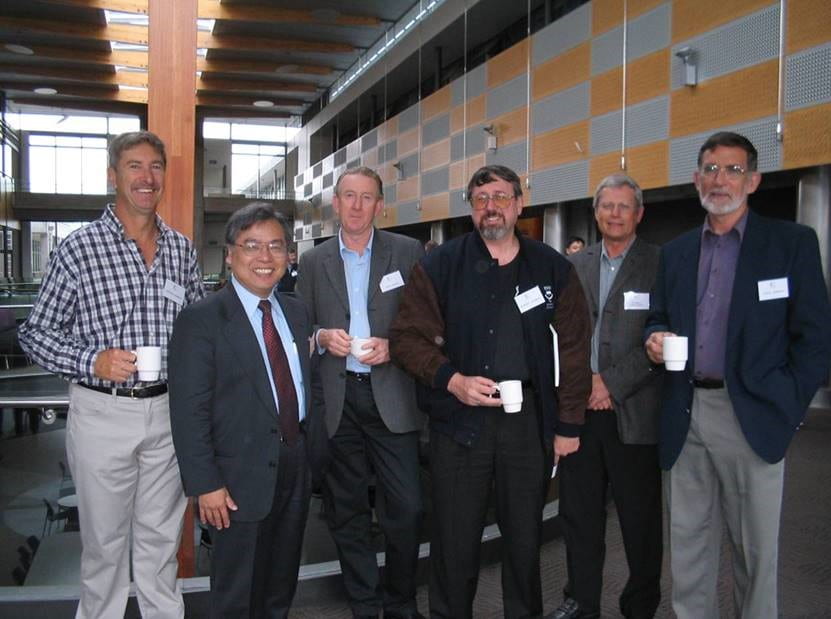
C&M 37th year Celebration, 21 November 2003
Arthur Jordan, Thanh Cao-Dac (class of 1970), Merv Jones, Bob Andrew, Murray Sargisson & Jim Jobbins.
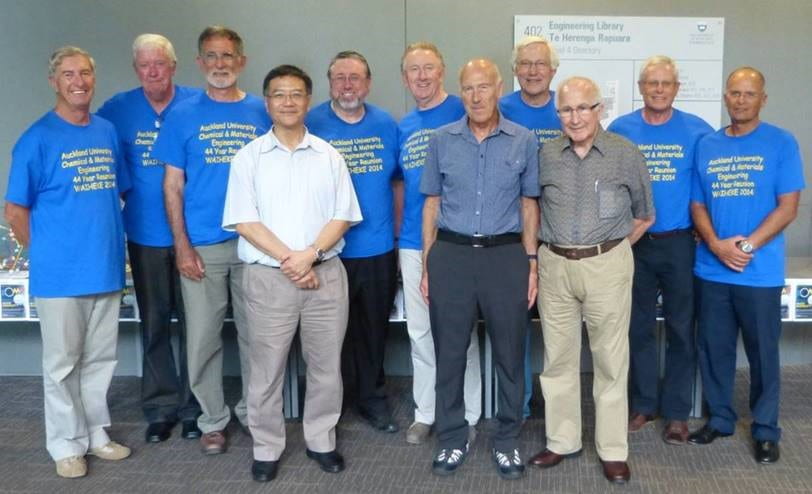
44-Year Reunion, Waiheke Island, 2014, with a visit to C&M
From the left: Arthur Jordan, Warren Thomas, Jim Jobbins, John Chen(staff and class of 1973), Bob Andrew, Merv Jones, Tom Grey(Chief Technical Officer, C&M, retired), Geoff Tegg, George Ferguson(staff), Murray Sargisson & Ivan Anich (Klaus Moller and Rod McDonald did not attend. Ted Sutherland had died in 2008)
Part C: Reflections from staff members
From Emeritus Professor Geoff Duffy:
The year 1969 was unique in the annals of C&M history. The Engineering School Building was new. The laboratories were far from being completed. Experiments were still being designed and built. Eleven final year students. The course was still being developed and was not yet accredited by IChemE. There were only 5 fulltime C&M staff as from early in 1969 (Titchener, Spedding, Ferguson, Kelly and Duffy). The 11 students had done at least 2+ years off-campus at Ardmore (Intermediate and 1st and some 2nd Professional years) mainly with other teachers, so only some of the staff had met and even taught the students by late 1968. The Curricula were not completely developed as the ‘Titchener-Vision’ was to have graduates with expertise in both chemical engineering and materials engineering, ideal for the skill-sets needed to ‘best-feed’ (breast feed) the rapidly developing new industries in NZ.
As ’69 was the final year for the first batch of C&M students, the question was how much should we focus the ’69 year on fundamental and more scientific aspects, or how much on applied and more process driven, problem-solving demands? The other over-arching factor had been on how to ‘train’ our engineering graduates to handle better the evolving infant NZ scene, solve specific local industrial issues, develop a ‘cause-and effect’ analytical mentality, and to weave the more novel ‘multi-solution’ options into the intravenous knowledge pipeline.
I came from Australia in February 1969 and we were told to reset our watches, by turning them back 20 years! (Just kidding: ops 2 hours; a joke if you think that was an underarm pitch). But NZ was indeed behind in some technological areas like automatic control and back then, some really modern processes. Most C&M staff were quite new also. I think the staff tried to develop the climate of: ‘there could be many solutions’ to solve the one problem (probably the Number 8 fencing wire philosophy already widespread in NZ but had to be parachuted into engineering).
Also, I think the previous Ardmore student experiences and camaraderie that had been transfused already, made the first crop of final-year students somewhat special and well able to handle the more ‘way-out’ concepts and cunningly interconnect them. What made them special was that they had already developed strong friendships and they generally cared for and supported each other. The academic prowess (I think 5 ?? First Class Honours and 3 seconds??, out of 11) was unique. They connected extremely well being able to apply their theoretical knowledge and insights to practical, real-time issues. I cannot recall any other class since then quite like that. Their close friendships have persisted down the years since then, as they held many reunions in several places around the world over the years (at least until Covid killed them).
The lecturers back in ’69 didn’t really have the details of the foundations and background the final year group had in the previous years. Some text books had not been specified, or even available. I recall that I we had to adapt and modify on-the-run, and often I was only a few lectures in front. It was a dilemma on what material and topics to put in or leave out, as we were unsure of its value to them, or to their future careers. As it turned out they were so competent that they could master any topic in a short duration if it were needed to secure the next pathway forward. I cannot recall exactly who and when, but one student who knew virtually nothing about finite-element analysis boned up on the topic over the weekend and was using the technique (and computer programming) by the next week.
The support staff were superb and nothing was a problem for Tom Gray and his small team. There was so much happening as the research labs were almost empty and the teaching labs were slowly taking shape as we had to develop individual experiments that we were not sure that would work properly. Looking back, it was quite amazing how it all seem to develop to be of value in our teaching. The Block Grant lump sum spends for laboratory equipment grants was partial guesswork. I can recall that we had some DP cells and pneumatic temperature transmitters that never got used.
What a great experience to have subjects being taught, labs being developed at the same time, students on the verge of graduating, and no history to validate if we had made the best choices in the overall programme. On reflection and over fifty years on, I think we all did it well; but maybe the students then were so good that our weaknesses and ‘failures’ were camouflaged.
From Emeritus Professor George Ferguson:
The Chemical and Materials Dept Foundation
The Engineering School Location
Serious overcrowding in Engineering Buildings on City Campus
School shifted to Ardmore 1948– WWII USA Airforce base
Returned to City Campus 1968 – 20 years later

ARDMORE – Aerodrome

Strength of Materials Lab

Library
C&M FOUNDATION
Chemical & Materials Engineering Department
The Degree First Offered in 1967
1961 May A L Titchener appointed Professor of Mechanical Engineering.
1966 A L Titchener appointed Professor of Chemical & Materials Engineering
For the FIRST cohort of STUDENTS:
1966 Intermediate, City Campus
1967 1st Professional Ardmore – Chemical & Materials Engineering
1968 2nd Professional City Campus am/Ardmore pm – C&M Engineering
1969 3rd Professional City Campus – C&M Engineering
1970 Graduation BE (C&M) May

First C&M Class (part of) at Ardmore ( Dr Spedding in background)
Why did ALT setup the degree as Chemical & Materials Engineering?
Consider the situation in New Zealand at that period. The Metallurgy Dept, at the University of Otago, closed in 1965 and students had to complete at Melbourne University (Prof Neil Broom).
Significant Metallurgical and Process Industries were being established in New Zealand in the 1960’s: Pacific Steel about 1962, NZ Steel 1968, NZ Aluminium Smelter’s Tiwai Point Plant operational 1971, Marsden Point. Oil Refinery 1964, Maui gas field development etc. – ‘think big’ schemes. Also ‘flow on’ secondary industries developed.
Staffing of C&M Dept, for First Student Class

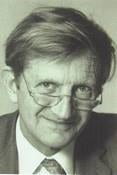
1967 Foundation Professor Alan Lee Titchener – Head of Department (staff-student cricket match, at stumps 1967)
Technical Staff
1967 Tom Gray, Head Technician, Chemical Labs.(ALT & Tom)
1967 Bill Laan*, Technician, Materials Labs (Bill Laan & others)
1967 NO Teaching Laboratories Setup.
Huge credit due to Tom Gray & Bill Laan* for getting Labs. setup for 1968/1969.
(Bill* & Tom)
*deceased

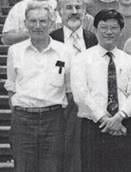
ALT & Tom Bill & others

Bill Tom
Academic Staff
1968 Dr P L Spedding, Senior Lecturer
1968 Dr W G Ferguson, Lecturer Appointed 1st Feb. 1968, took up position 2nd July 1968, on boarding the Rangitoto at the London Docks.
Passage was to have been through the Suez Canal but a recent war had blocked same, so journey was via the Panama Canal. On berthing in Wellington, they passed the Wahine sunken and on its side.
PhD Ardmore; Post Doc, Lawrence Radiation Lab, University of California, Berkeley; Research Fellow, Engineering Science Dept, Oxford University
1968 Dr G Davies, on sabbatical leave from Cambridge took his teaching for terms 1 & 2 (now Professor & Sir G Davies, also VC’s at Liverpool, Glasgow & London)
1968 N D Broom, Junior Lecturer, PhD student, teaching in Materials I Course

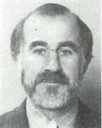
Sped. (Speed), WGF
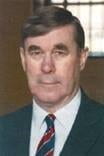
Sir G Davies


NDB (Woody), True Likeness
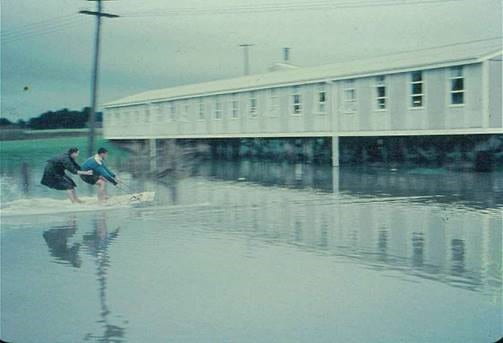
Available activity in WGF time at Ardmore – Lake Surfing
1969 G G Duffy, Senior Lecturer (Knew a lot about Australia, especially ‘Seednee’)
1969 Dr E G Kelly, Senior Lecturer (From the Mainland via Canada)
The following staff arrived after the First-Class completed the C&M degree:
1970 Dr T L Briggs*, Lecturer (*Deceased, appendicitis, climbing in Southern Alps)
1971 Dr J T Gregory, Senior Lecturer (Professed knowing a lot about the USA)
1971 M L Allen, Senior Lecturer




G G Duffy, E G Kelly, J T Gregory, M L Allen
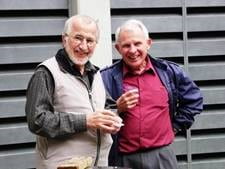
The Period
School of Engineering August 1968 (New building on the City Campus)
Departmental environment at the time – 1968: ‘’What was it like?”
– New building with bare concrete floors & chip board walls
– Labs: Set up by Tom Gray & Bill Laan (due huge credit) with help of students
– Copying: No Xerox machines, only the trusty Banda & Gestetner, when Xerox became available, you needed ALT permission to use
– Units: CGS, FPS, MKS and finally SI
– Calculations: No electronic calculators only electric adding machines & the trusty slide rule

– UoA had ONE main frame Computer (IBM 1130)
– Projects could be handwritten
– TV was black and white
– The highest building in Auckland was probably the Hyatt hotel
– Britain was about to go into the EEC (a lot can happen in 50 years).

Foundation Professor Alan Titchener
-Insisted on high academic standards and quality in all matters – sometimes to the discomfort of students
-He demanded high standards of himself and expected this behaviour in others
-He was always prepared to say what he thought, no matter how unpalatable the message “alternative facts” to him would have been ‘heresy’
* Professor Alan Titchener died, in Auckland, 23 June 1994
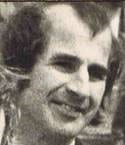

Ageing? NO – Maturing – YES!
WGF 16/6/2021
Part D: A brief history of the C&M Department (1) Genesis or Prehistory
The following is the earliest documented record relating to the University of Auckland Chemical and Materials Engineering Department which came into existence in 1966, with the first intake of the Intermediate Year (Equivalent to today’s Part 1).
It consists of excerpts from the Faculty of Engineering Meeting minutes of 12 October 1960:
“Initiation of course in Chemical Engineering. The Faculty resolved that in view of
- The present tendency to crowding in the Chemical Engineering Course at Canterbury
- The need to design Chemical Engineering facilities in the new Engineering School
- The time required to find suitable staff
- The rate of industrial development in the Auckland area, the establishment of a chair in Chemical Engineering is now due. The aim should be to make an appointment at the beginning of 1962.
“University Training in Polymer Science, The Faculty adopted the following comment in Professor Slater’s submission to the UGC:
Polymer Science is only one part of the broader subject of Materials Science. A good case can be made for drawing together under one heading the teaching of chemical, physical, electrical and mechanical behaviour of all materials of technological importance. Traditionally, metals comprise the only group of materials for the technology of which recognized university courses have been provided, the fundamentals of the behaviours of metals being taught as Physical Metallurgy. There are, however, many other materials of technological importance, e.g. glasses, ceramic and pottery wares, polymers (plastics) and elastomers (rubber) for which teaching at university level is now desirable.
A more generalised approach to the field of materials behaviour offers gains that the advanced research worker fully appreciates. These are equally important gains to the technologist employed in industry. It is significant that American engineering educators have been discussing, and in some instances have introduced courses of a broad fundamental kind in materials engineering or materials science.
At the University of Auckland, it is proposed to introduce a new course in Chemical Engineering in the near future. When this course is being planned, consideration should be given to the possibility of building it round a core of Materials Science or Materials Engineering in which the aim would be to relate chemical, physical and mechanical properties to basic atomic and molecular structure and to the effects of manufacturing processes on these structures. This would represent a departure from the traditional types of course in Chemical Engineering, a departure which the developments of materials science and the nature of New Zealand industry appear fully to justify.
Industry is in a large measure concerned with processing either raw or semi-finished materials to produce a finished article. In this respect the metals and plastics industries in New Zealand are typical. A properly planned course in materials engineering would form a sound core in the training of technologists for employment in these and many other important New Zealand industries, including glass, pottery and clay products, rubber, paint, cement and cement products, and wood products.”
